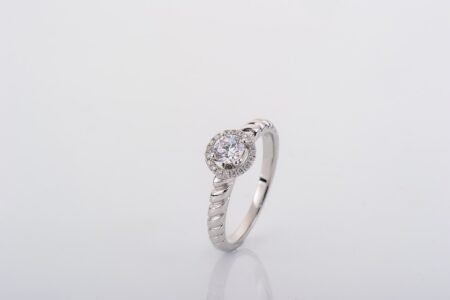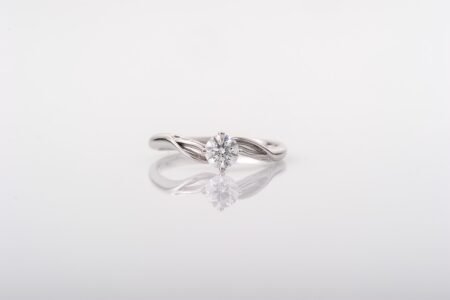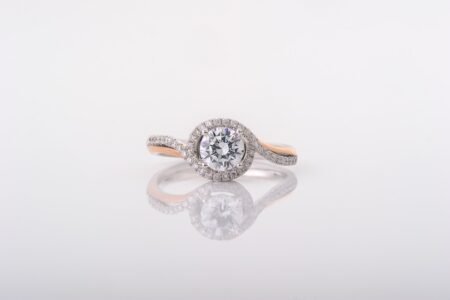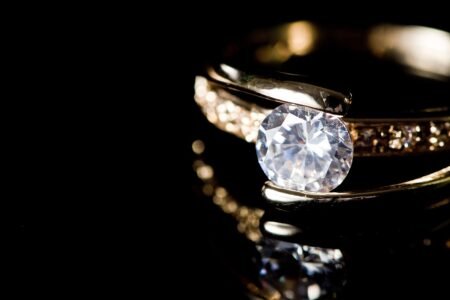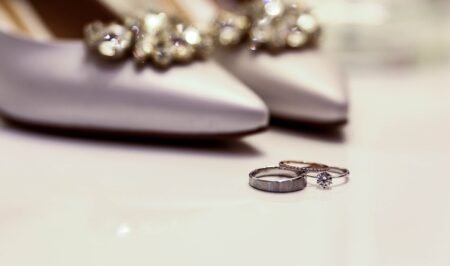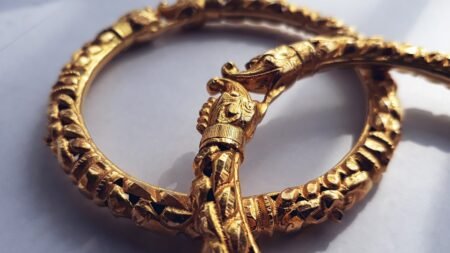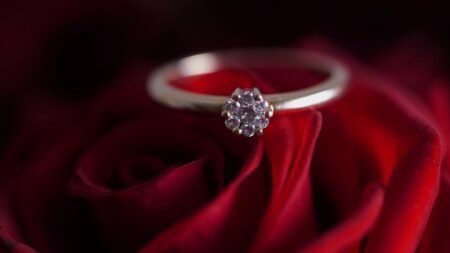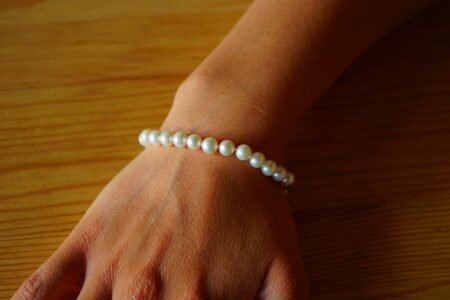
The Science Behind a Diamond’s Brilliance: Exploring its Optical Properties
Diamonds are one of the most sought-after gemstones in the world. Their beauty and brilliance are captivating, making them a symbol of luxury and elegance. But have you ever wondered what gives diamonds their remarkable sparkle? The answer lies in the science behind a diamond‘s brilliance, which can be explored through its optical properties.
Structure and Refraction: The diamond‘s Secret
One of the key factors that contribute to a diamond‘s brilliance is its structure. Diamonds are composed of carbon atoms arranged in a lattice structure, creating a crystal clear and transparent gemstone. This unique structure allows light to pass through and interact with the diamond in fascinating ways.
When light enters a diamond, it goes through a process called refraction. Refraction occurs when light waves change direction as they pass from one medium to another, in this case, from air to the diamond. The dense nature of a diamond causes the light to slow down and bend as it enters the gemstone.
Total Internal Reflection: Trapping the Light
Once the light enters the diamond, another remarkable optical phenomenon comes into play: total internal reflection. Total internal reflection occurs when light strikes a medium boundary at an angle greater than the critical angle, causing the light to reflect completely back into the same medium.
In the case of diamonds, the critical angle is relatively small, which means that light can easily be trapped within the gemstone. The light rays bounce off the internal surfaces of the diamond, repeatedly reflecting within the stone. This bouncing of light particles within the diamond creates the mesmerizing sparkle and brilliance that diamonds are known for.
diamond Cut: Unlocking the Brilliance
The brilliance of a diamond is also influenced by its cut. The cut of a diamond refers to how well it has been shaped and faceted. A well-cut diamond has precise angles and proportions that allow for maximum light reflection and refraction.
The most popular diamond cut is the round brilliant cut, which has 58 facets carefully placed to optimize the diamond‘s brilliance. Each facet is strategically positioned to reflect and refract light in a way that enhances the stone’s sparkle.
In addition to the round brilliant cut, there are various other diamond cuts, such as the princess cut, emerald cut, and pear cut. Each cut has its unique arrangement of facets, which affects how light interacts with the diamond and ultimately influences its brilliance.
diamond Clarity and Color: Factors to Consider
While a diamond‘s brilliance is primarily determined by its structure and cut, other factors, such as clarity and color, can also impact its overall appearance. Clarity refers to the presence of any internal or external flaws, known as inclusions and blemishes, respectively. These imperfections can interfere with the passage of light through the diamond, compromising its brilliance.
Color is another factor to consider when evaluating a diamond‘s brilliance. Most diamonds are not completely colorless; they often have subtle shades of yellow or brown. The Gemological Institute of America (GIA) grades diamonds on a color scale from D (colorless) to Z (light yellow or brown). The closer a diamond is to colorless, the more light it can transmit, enhancing its brilliance.
In Conclusion
The science behind a diamond‘s brilliance is a fascinating field of study. The unique structure of diamonds, combined with refraction, total internal reflection, and the intricacies of their cut, all contribute to the mesmerizing sparkle that makes diamonds so captivating. So the next time you admire a diamond‘s brilliance, you can appreciate the scientific principles that make it shine so brightly.


